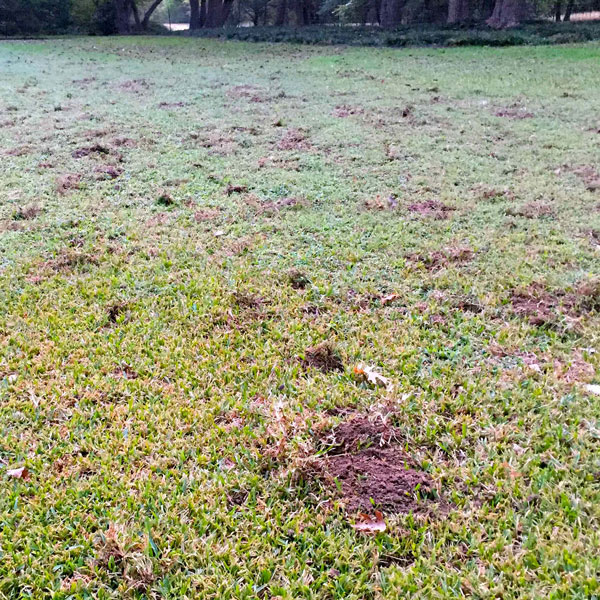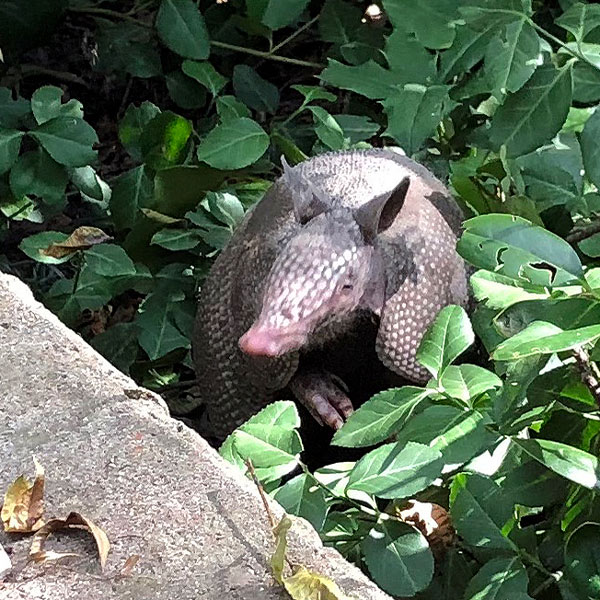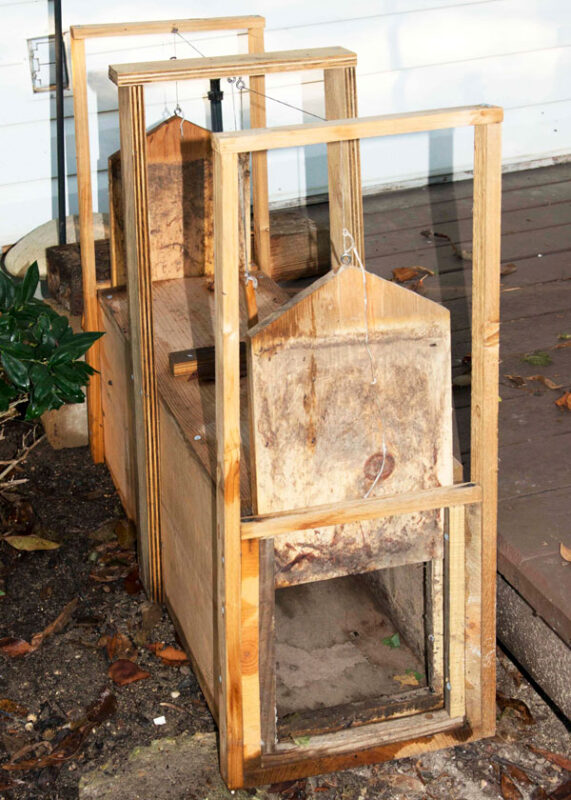Armadillos are back
They’re an icon of the Southwest. Unfortunately, they’re also native to the 11-acre Sperry pecan forest. They forage at night, and it’s not uncommon to have one run past you as you’re coming in from the car or taking the dog out for a walk. Our family and visitors from the North think they’ve left civilization.

As wild animals go, armadillos don’t do a lot of direct damage. They don’t feed on our trees, and they don’t eat our peaches or tomatoes. But they plow through our landscapes and lawngrasses and, in the process, they do hundreds, maybe thousands of dollars of damage to otherwise beautiful gardens.

They’re not necessarily looking for grub worms. Sure, they may feed on them if they encounter them, but armadillos seem to do their work randomly. I’ve decided they choose our landscape because we’re one of only a few who irrigate in the summer. Digging at Neil’s house is known in armadillo circles to be easier than diffing down the road where the ground hardens like plaster.
Here’s how I cope…
I start watching the bare ground and new plantings by mid-May for signs of their overnight scratchings. They leave behind little snout-sized holes where they’ve begun digging a hole.

About that same time, we may see them scurrying around in the yard. If I do, I try to sneak up behind them to startle them. They don’t turn and attack, so that’s not a concern. What I want to see is where they head when they’re seeking protection. Armadillos are always going to have a hole into which they burrow, usually beneath a large rock, the foundation, or way back under a shrub. You need to see where they go, because that’s going to determine the next step.
Once you locate the hole, erect a funnel-shaped arrangement of fencing. It need not be tall – remember that armadillos can’t climb, jump, or fly. A couple of lengths of 18-in. chicken wire is all that you’ll need. Stake it in place so the armadillos can’t run around.
Arrange the fence in a V-shaped funnel with your humane trap in the middle. Your friend will encounter the fence, then bumble along the fence until it finds its way to the opening (the trap). As it enters the trap it will trigger the spring. Don’t leave it sitting in the sun. Carry it out several miles to its point of release. Look for a nature preserve that gives such permission, or go to a Corps of Engineers floodplain where it can live out its life peacefully. Don’t dump your problem onto other gardeners or farmers.

This method really works. The trap you see in my photo and one other we have made have successfully captured more than 100 armadillos in the 35 years since a gentleman brought me one he had made.

You might also use one of the Havahart humane traps. I’ve had good results with them when I needed to capture a raccoon that was repeatedly tearing holes in my greenhouse plastic in winter. Probably the same size would work for an armadillo.
